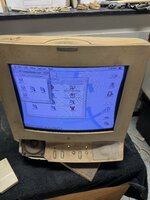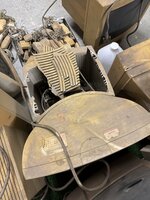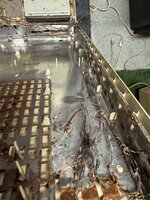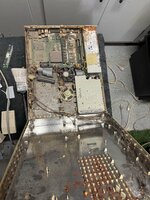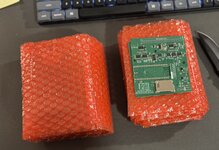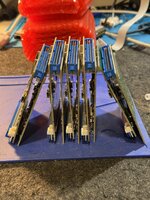OK, I tested it out. Not sure how anyone got a Houdini II card to fit with the lid closed. I suspect they removed the card guides on the underside of the lid, as on mine, the little slot that I believe was there to help stabilize longer boards hits the board and the lid will not come close to closing. With no audio cable and no SIMM in the RAM socket, I think it would work otherwise. I'm not willing to cut up my 700 case for the novelty of it.I had seen that. From what I've heard, it may be due to the attempted use of the CD-audio out connector (which the Q700 doesn't have input for, so maybe they wired it to the audio in jack? Maybe later today I'll try throwing it into the Q700 to do a test fit. Also, it could be dependent on whether you have the DOS card's RAM slot populated, as it sticks upward at an angle. As you can see with my Reply card, the RAM extends past the top of the board.
Probably for the best, I don't need this many DOS compatible machines...

